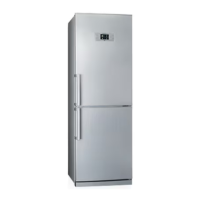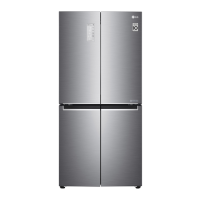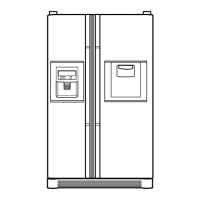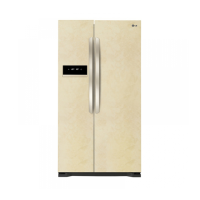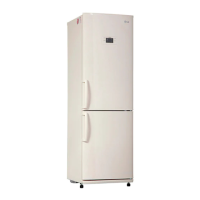Why my LG Refrigerator does not work?
- TTerry FordSep 1, 2025
Your LG Refrigerator might not be working due to several reasons: the power cord may not be properly plugged into an outlet with the correct voltage; a household fuse might have blown, or a circuit breaker tripped, so replace the fuse or reset the circuit breaker; the refrigerator control might be set to the OFF position, so refer to the Setting the Controls section on page 14; or the refrigerator might be in the defrost cycle, in that case wait about 30 minutes for it to end.





